Interview with the authors of ‘Tot aan de Overkant’
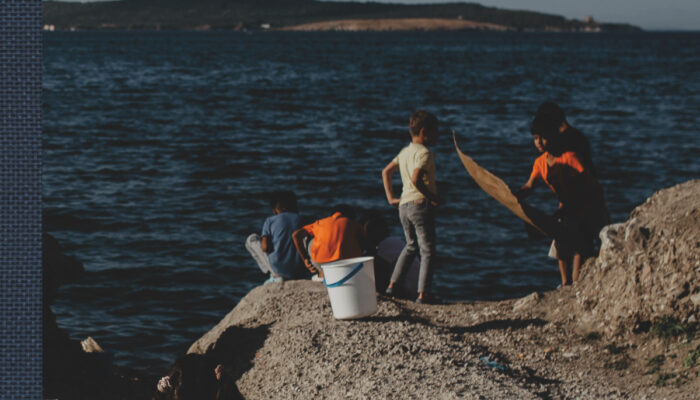
They are people like you and me, and no life is more worthy than another.
Tot aan de Overkant’ was recently published and presented on July 7th, Ede, where the authors were interviewed.
Annerieke van Vianen (27) is a graduated forensic orthopedagogue, but has always had a heart for humanitarian work and international developmental aid. Before Lesvos she worked as orthopedagogue in a psychologist practice and in a community centre.
Marianne van Elst-Sijtsma (33) might be a familiar name to some of you. Over the last few years, she has been part of the KUNO team for one day a week, besides her humanitarian work in the refugee camps on the Greek island Lesbos and Samos. She studied International Development and has lots of experience in photography.
The idea for this book began two years ago while Annerieke and Marianne were working in the social care team at a refugee camp on Lesbos. Their daily interactions with the people in the camps inspired them to give a voice to those who are often unheard of and to provide the public with a deeper understanding of the situation on the island.
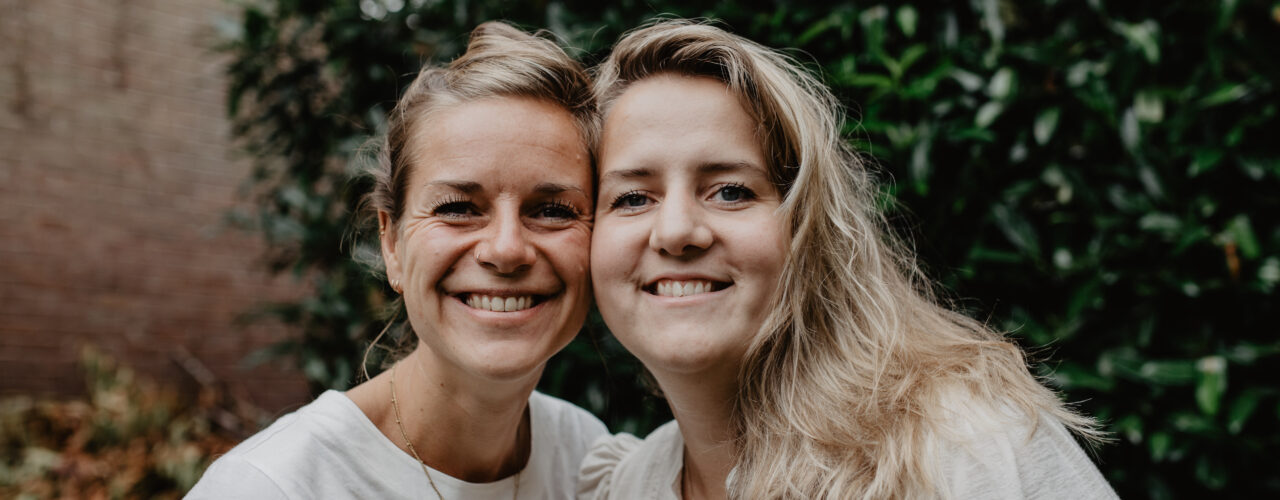
Background: story of Lesvos and the camps
Lesvos is one of the biggest Greek island, with a distance of 10 kilometer from Turkey. In 2013, this island became a so called ‘hotspot’ in the refugee crisis. As we speak, thousands of refugees still yearly cross the sea to reach Europe. When they arrive on the island they are housed in camp Mavrovouni, where their asylum case will be opened. The camp is located on the East side of the island, close to the capital city Mytilini and is surrounded by barbed wire and fences. Inside the camp there are small medical clinics, offices from the Greek authorities, shops, a small library, a soccer field and a mosque.
The refugees are housed in ISOboxes, RHU’s and Rubhalls. The camp has capacity to ‘host’ 3840 people. In practice there are often a lot more people staying inside the camp.
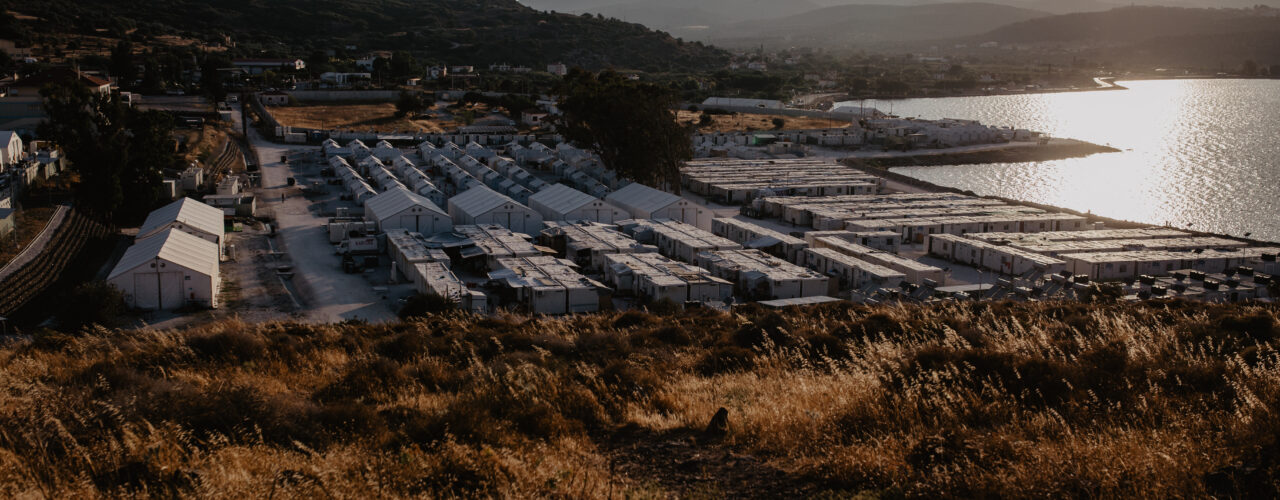
Can you explain the first step of creating the book?
Annerieke: I began by writing about my experiences, asking myself, “What story do I want to tell?” But when I talked to Marianne I realised that I did not want to tell my story, but that we should focus on theirs: tell the story that is too often unheard. We felt like we had to be the voice of the people in the camp. Two years ago, we sat down together and scheduled our first interview.
Marianne: During our work, we had many and deep conversations with refugees. We knew that not all of the volunteers working in the camp had this opportunity and it made us realize that we wanted to share these stories with them too. To make them more aware of the context that they were working in and the people that they were serving.
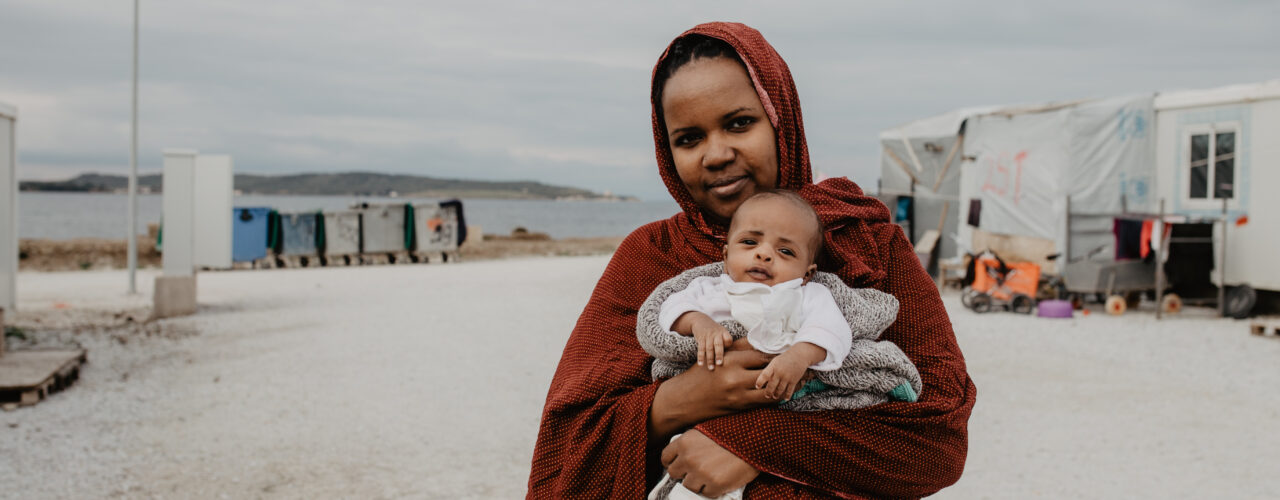
Did you meet people in the camps who felt a sense of regret for leaving their country and now being in the camp?
Marianne: People rarely leave their countries without preparation or consideration; they do whatever they can to gather information or financial means to survive the long journey. However, many underestimate the journey, and they feel they have no other choice than to take a lot of risks.
Annerieke: They often hear stories about the human rights in Europe, and how well everything is organized. However, when they arrive at the camp, they realize that for them, in this situation, this is not the case. Some people have even said that, with the knowledge they have now, they would advise others not to come.
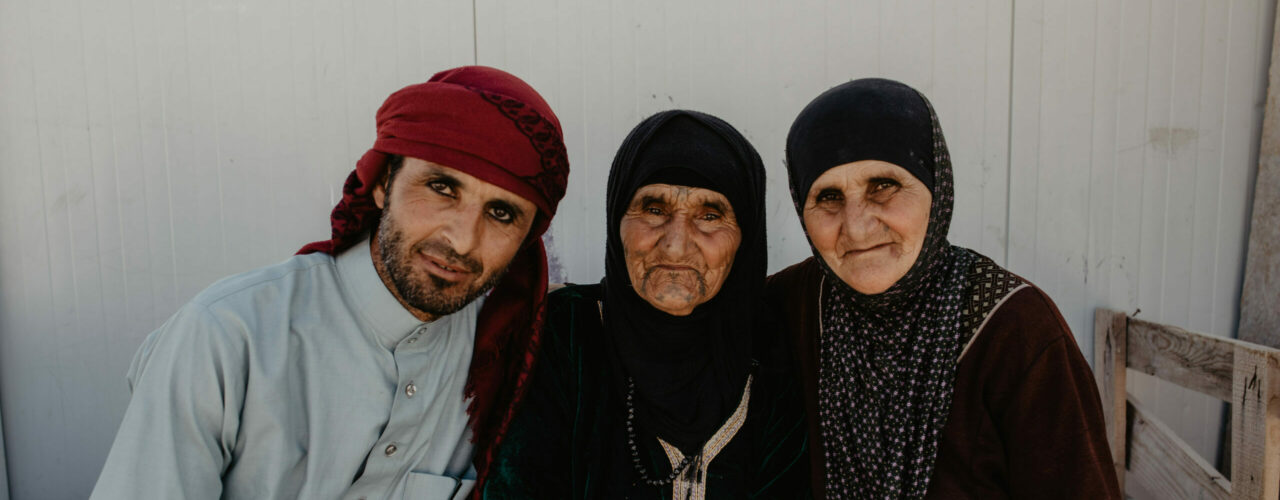
How did the interviews go and how did you select the people for the book?
Marianne: We already knew many of the people featured in the book very well. Some of them had worked with us for a while as translators. Others were families, women, or men that we regularly visited. After a few conversations, people also recommended others to speak to, as they wanted to share their stories as well. It was a very special process.
Annerieke: We began talking with the people very discreetly, explaining to them that definitely not everything needed to be shared. We wanted them to choose what they wanted to share with us, and what they wanted to be published in the future. As a result, some details may be left out in some of the stories.
Some/most of the stories are really shocking, how do you process these?
Marianne: Of course, it is hard to process the stories that you hear every day. Writing them down was incredibly powerful. Also, sitting together and letting out our tears helped us process everything. But it is also good to realize that we do not have to process everything. Some stories were so intense, that in a way, I hope I will never be able to process them.
Annerieke: Have I processed all their stories? No. But what kept me going was knowing that I was able to help some individuals during a very difficult time in their lives
What would be the message of the people in the camp they want to tell us?
Marianne: That is a nice question. You can read for example the letter from Bereket that you can find in the book:
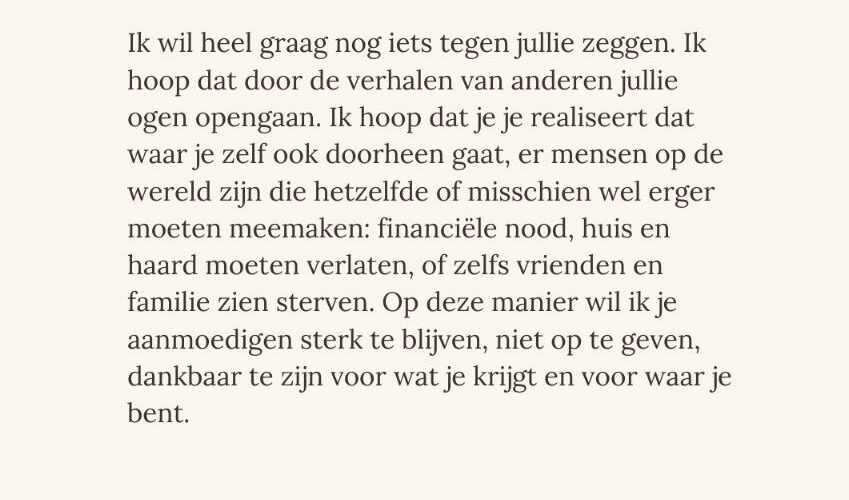
What does this book say about you?
Annerieke: We really wanted to minimize our presence in the book. We wanted to show these people, not so much ourselves. If I have to say one thing, in which you can see ‘me’, it would be the colours that we used throughout the book. We started with a sand colour, which became blue and turned into sand again. In this way, we wanted to bring the theme of the book to the readers, even in the layout, since people move from land, over the sea, and arrive on land again.
Marianne: I totally agree with what Annerieke just said. We did not want to show the readers who we are, we wanted to show them the people in the book. However, I think you can see me through the pictures that I took of the people. I really enjoy empowering people, especially through photography. I didn’t want the people in the book to act differently, even in their vulnerable moments. I asked them: How do you want to be photographed? How do you want to be seen? My goal was to make them feel comfortable and respected. I wanted them to feel beautiful and strong.
Do you know of people from the camp who found a new home [ended up somewhere safe?]
Annerieke: Since the time that we started writing the book, which was in 2022, we only know from some people that they are building a ‘new life’ somewhere. Many on the mainland are still searching. Little of them find something in Greece. The vast majority flows through to other European countries where they have to go through the whole asylum procedure again. Many of the people that we are still in touch with are in this situation right now.
What can we do for this cause?
Annerieke: That is not an easy question to answer since it also depends a lot on what your life is like at the moment. You can start by looking into your own environment if there are people that you might be able to help. For example, be a language buddy. But also reflect in everyday life: How do you talk about refugees? Oppose yourself when someone says negative things or starts a conversation in which you ask questions. And while you read the book: get to know the people.
Just keep the conversation alive.
Can you explain the cover of the book and its backside?
Marianne: On the front cover, you see children playing near the water, gazing across to the other side—perhaps envisioning a new home or thinking about the ones they left behind. On the back cover, you’ll find extensive text containing narratives of stories that we heard which couldn’t be included in the book. While we’ve captured 63 stories within these pages, there are countless more waiting to be told.
Will there be an English version of the book?
Marianne: The people in the book signed a form for their story to be told, only in Dutch. This is for the reasons of integrity and for protection. But we also wanted to have a clear scope, a clear audience that we wanted to turn to. Actually, looking at all the current developments in the Netherlands and in politics, we are happy that we made this choice since it seems like we need some humanity back.
Do you want to read more about the book? You can read it here.
Would you like to order one? Click here.
Author: Julia Golterman
Date: 24th of July 2024
